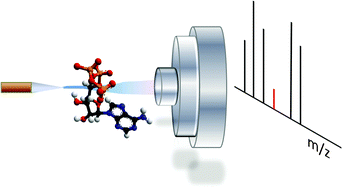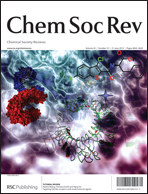Advances in ultrasensitive mass spectrometry of organic molecules
Abstract
Ultrasensitive mass spectrometric analysis of organic molecules is important for various branches of chemistry, and other fields including physics, earth and environmental sciences, archaeology, biomedicine, and materials science. It finds applications – as an enabling tool – in systems biology, biological imaging, clinical analysis, and forensics. Although there are a number of technical obstacles associated with the analysis of samples by mass spectrometry at ultratrace level (for example analyte losses during sample preparation, insufficient sensitivity, ion suppression), several noteworthy developments have been made over the years. They include: sensitive ion sources, loss-free interfaces, ion optics components, efficient mass analyzers and detectors, as well as “smart” sample preparation strategies. Some of the mass spectrometric methods published to date can achieve sensitivity which is by several orders of magnitude higher than that of alternative approaches. Femto- and attomole level limits of detection are nowadays common, while zepto- and yoctomole level limits of detection have also been reported. We envision that the ultrasensitive mass spectrometric assays will soon contribute to new discoveries in bioscience and other areas.


 Please wait while we load your content...
Please wait while we load your content...